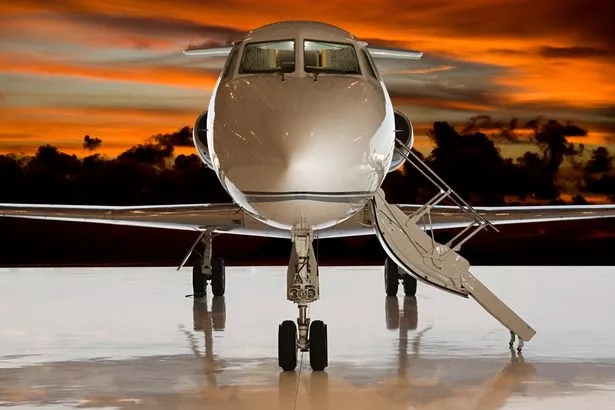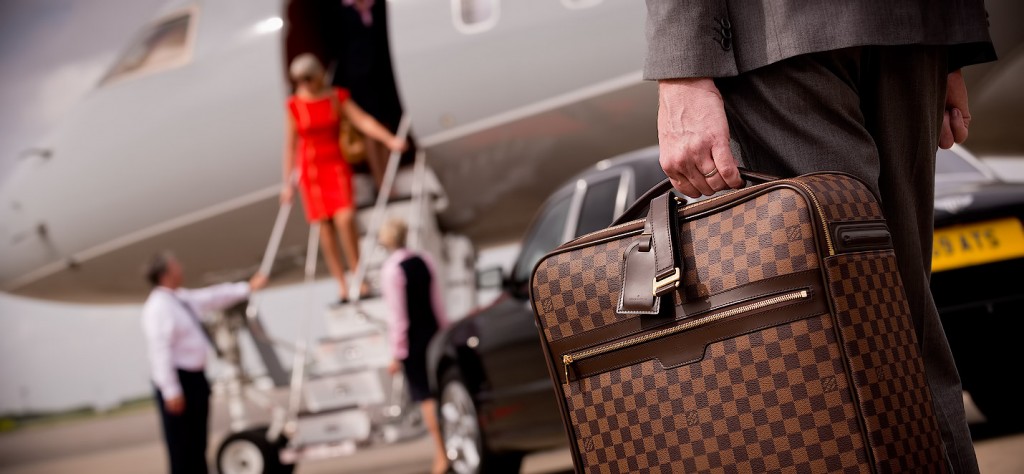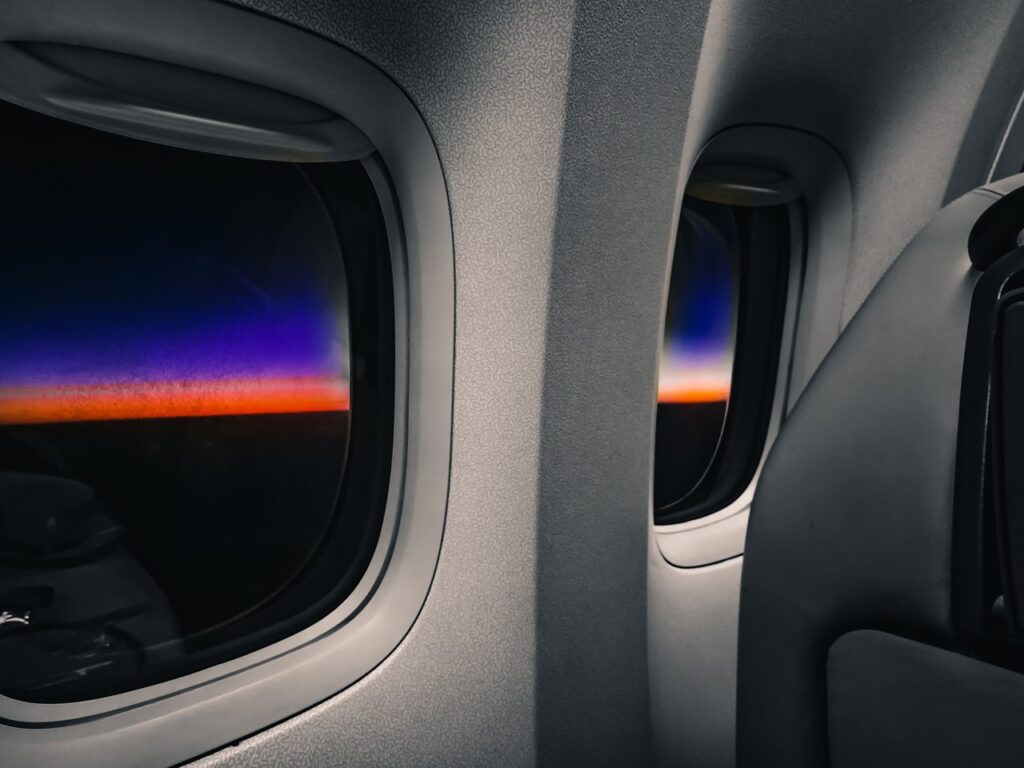Hot weather can affect your private jet flight in several ways, influencing both aircraft performance and flight conditions.
Here are some of the impacts:
Reduced Lift
Lift is created by the difference in air pressure above and below an aircraft’s wings. Hot air is less dense than cold air, so it provides less lift. This means that an aircraft may need more runway to take off or land and may need to reach a higher speed before it can take off.
Reduced Engine Performance
Engines, especially jet engines, depend on the intake of cool, dense air for optimal performance. Hot air is less dense, so an engine will take in less air mass, reducing its performance. This can lead to a decrease in thrust, a longer takeoff roll, and it may limit the aircraft’s climb rate.
Increased Density Altitude
Density altitude is a measure that combines temperature and altitude to calculate the density of the air. Hot weather increases the density altitude, making the air less dense even at the same physical altitude. This decrease in air density can reduce aircraft performance.
Weight Restrictions
Hot weather, by reducing aircraft performance, may require adjustments to the aircraft’s weight for safety reasons. You may need to reduce the number of passengers, the amount of fuel, or the weight of cargo you carry.
Potential for More Turbulence and Thunderstorms
Hot weather can lead to unstable air masses, increasing the likelihood of thunderstorms and turbulence, which could impact flight smoothness and route planning.
Overuse of Air Conditioning Systems
To maintain the comfort of passengers and crew, the aircraft’s air conditioning systems might need to work harder, placing more demand on the aircraft’s power systems.
Material Expansion
The heat can cause the materials that make up the aircraft to expand, potentially affecting the aircraft’s structural integrity and component fit.

To manage these effects, pilots use performance charts and calculations, considering the temperature, altitude, runway length, and aircraft weight to adjust their flight operations. These precautions ensure that the aircraft operates safely and efficiently, even in hot weather conditions.
Our expert team is available to discuss your travel plans and our Jet charter solutions. Contact us or call +30 210 996 7870








